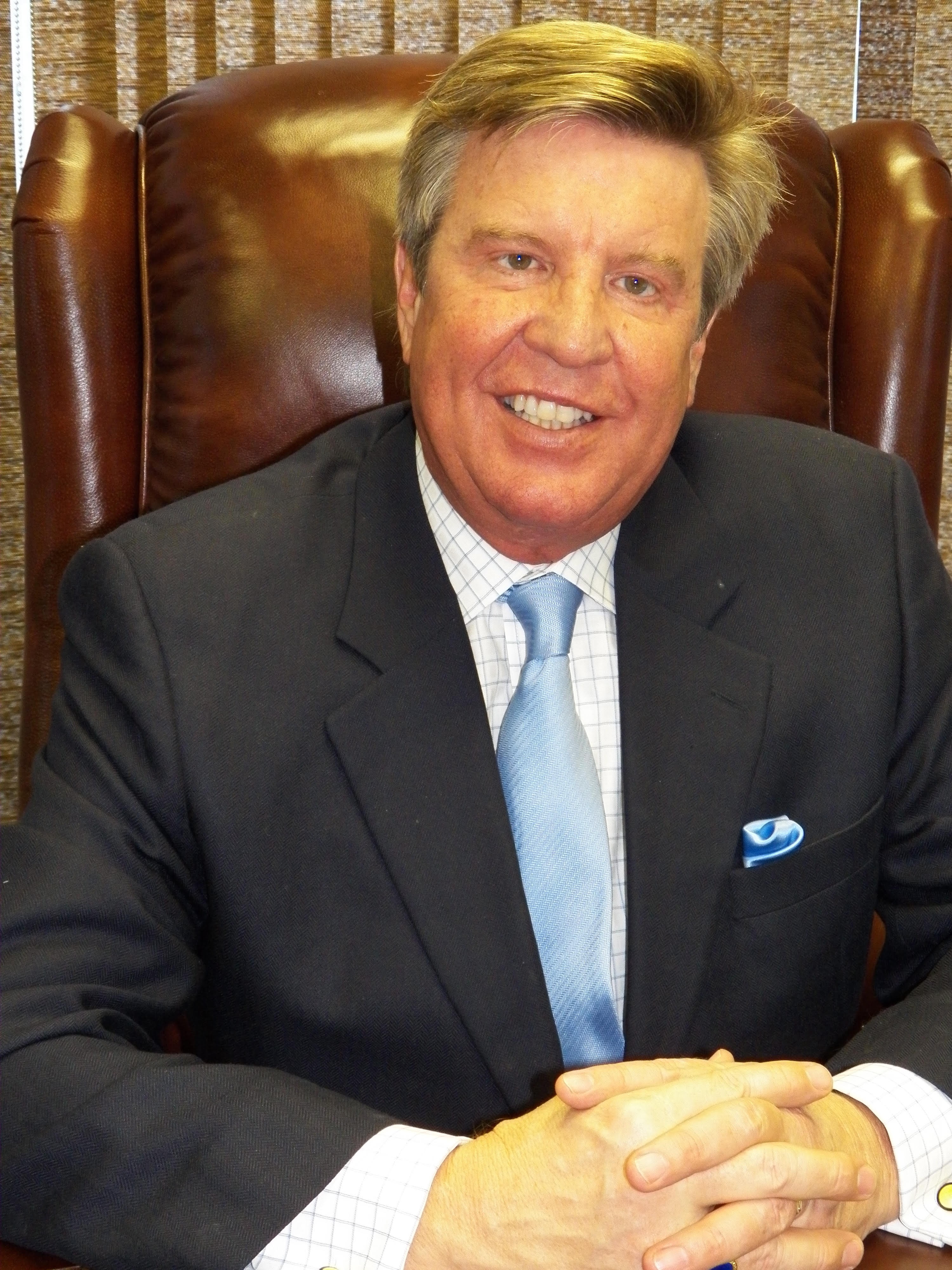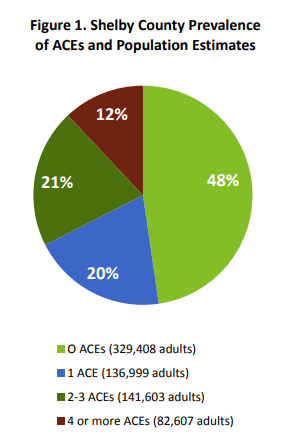As a lifelong Memphian deeply involved in our city’s civic community, never before have I seen a more transformational opportunity for Memphis than in the issue of whether Memphis Light Gas and Water should continue to get its electric power from TVA (Tennessee Valley Authority), or find another less expensive and reliable source of power.

Next Wednesday, August 19th, the MLGW board of directors will make the critical decision of how to proceed with an RFP (request for proposals), which will tell us how much MLGW will pay for power from a new source. It is the next step – and arguably the most important step — in a prolonged search process that recently culminated with an IRP (Integrated Resource Plan). The IRP, commissioned by MLGW, is one of five studies that have said MLGW could save between $150 million – $450 million a year if it leaves TVA. Each of these studies also say that the initial savings will easily grow by more than a $100 million in 10 years.
Why is this RFP decision so important? The consensus of energy experts is that the only way MLGW can validate the savings is to issue an RFP conducted by an experienced and reputable firm that can expeditiously and accurately pull together cost bids from power suppliers around the nation that would tell Memphis what we will pay for power compared to what we now are paying TVA.
Three months ago, the Memphis City Council, realizing the importance of this issue, asked Mayor Jim Strickland to hire ACES, a national energy management company, to perform the RFP. ACES, which serves among other entities, municipal utilities and public power agencies throughout the country, operates as the procurement arm for MISO (Mid-Continent Independent Service Organization), the non-profit organization across the river which is six times larger than TVA and delivers electric power across 15 states (including parts of Mississippi and Arkansas) and into Canada.
ACES already has told Mayor Strickland that an RFP can be completed 90 days, plus a public comment period.
Thus, ACES is best suited to perform this study and is the logical choice. It would seek power bids from all sources of power, including wind, solar, gas, and nuclear. If the savings projections of these five studies prove to be true, the longer we wait to decide whether or not to leave TVA, our city could be losing anywhere from $500,000 – $1.5 million a day!
Look at it this way. The City of Memphis’ annual operating budget is about $700 million. Imagine what our city could do if we had an additional $200 million a year in extra income without raising taxes while, at the same time, reducing everyone’s utility bills by 20 percent. The Memphis City Charter allows that at least half of these savings could be used for a variety of things, including the repair of MLGW’s aging infrastructure, funding MATA, supporting economic development, improved funding for our schools, and additional funds for our police and fire departments.
This additional revenue would change the face of our city for generations and still provide all the reliable power Memphis needs at significantly reduced rates with a far better impact on our environment.
Until an RFP is done properly by an experienced company such as ACES, we will not have an apples-to-apples comparison of power costs between MISO and TVA, nor will we be able to accurately validate the projected savings detailed by the five studies.
As co-founder of $450 Million for Memphis, an independent group of civic, governmental, and business leaders and concerned citizens, I believe it’s imperative that Memphis take the proper steps its needs to leave TVA and find its power elsewhere. Our city can’t afford not to.
If you want to know more about the entire issue, $450 Million for Memphis will host a two-hour online session this Monday, August 17, from 3 p.m.-5 p.m., which will include presentations from all organizations in favor of MLGW leaving TVA. These organizations include Friends of the Earth and Southern Alliance for Clean Energy. We also will have a presentation from MISO explaining the benefits of this nonprofit organization and how it works, and we will hear from our neighbors to the south and west — Entergy Mississippi and Entergy Arkansas. Their representatives will talk about their experiences after leaving their power supplier and joining MISO. In addition, there will be a presentation from a TVA distributor that also is exploring the likely possibility of leaving TVA.
The session will be live streamed at www.abetterwaythantva.org. Please take the time to watch, listen and then understand why leaving TVA and joining MISO is the biggest opportunity for change and growth in Memphis’ 200-year history.
Karl Schledwitz is chairman of $450M for Memphis.
 SCS
SCS  ACES Awareness Foundation
ACES Awareness Foundation